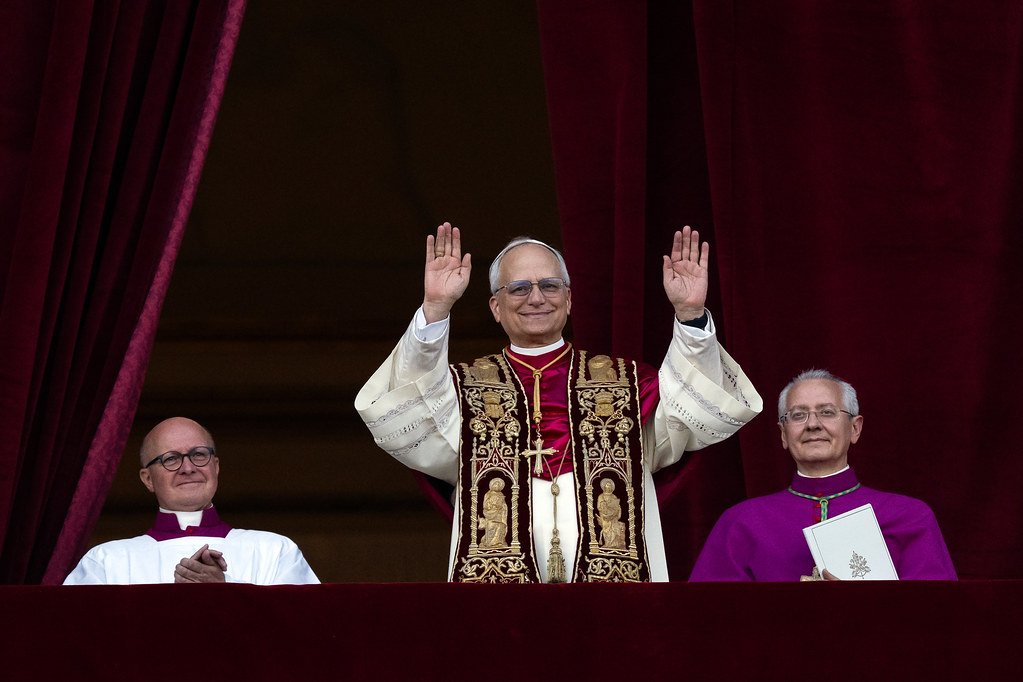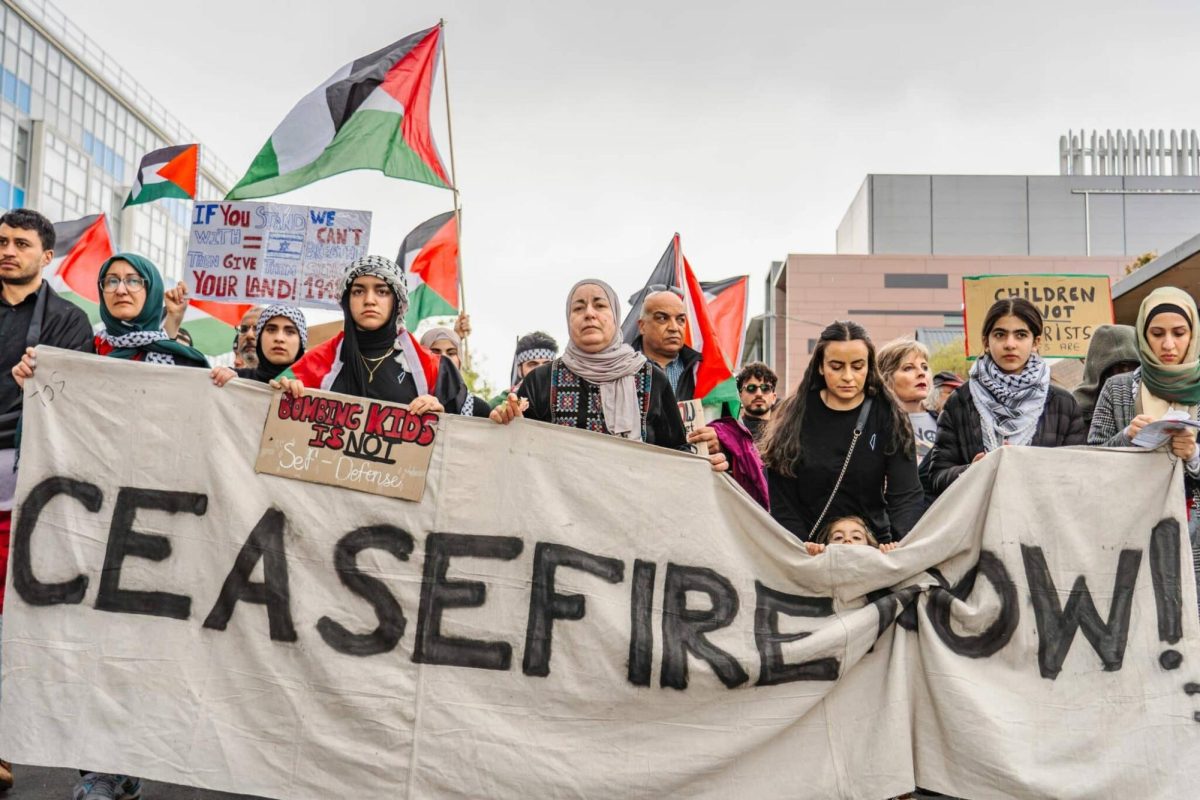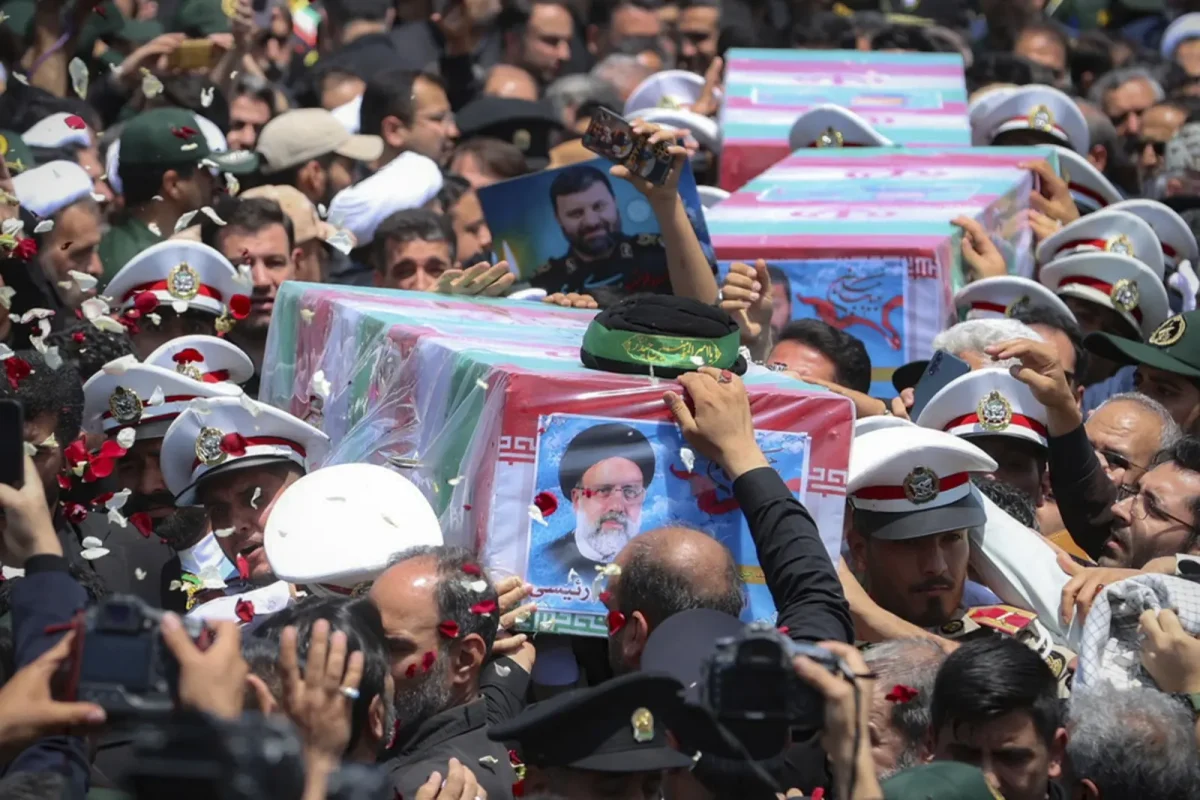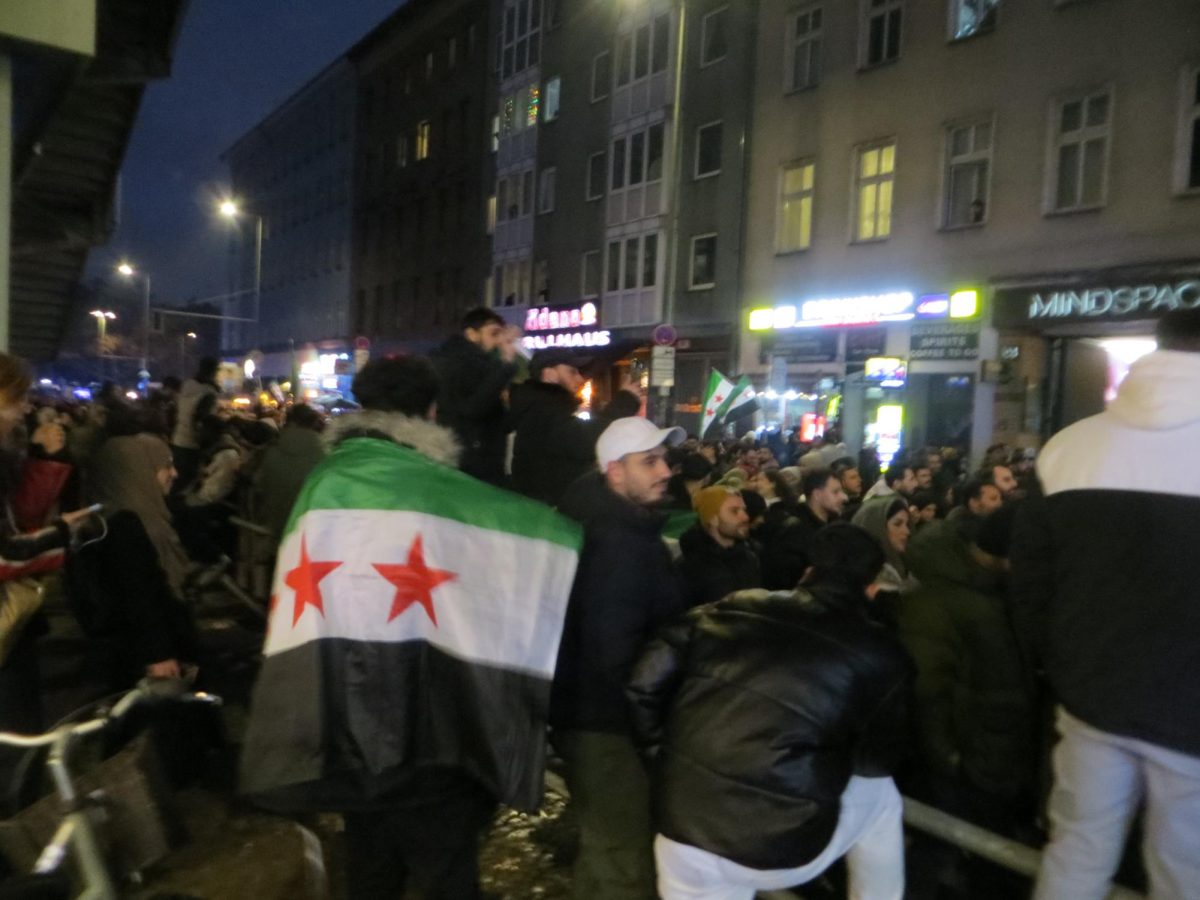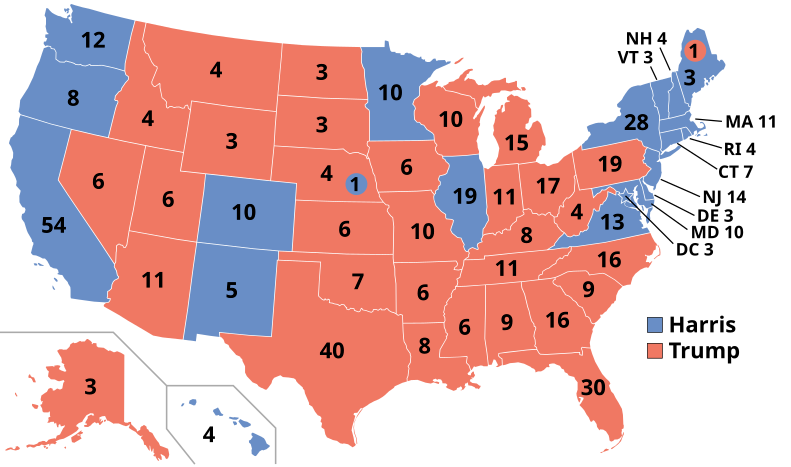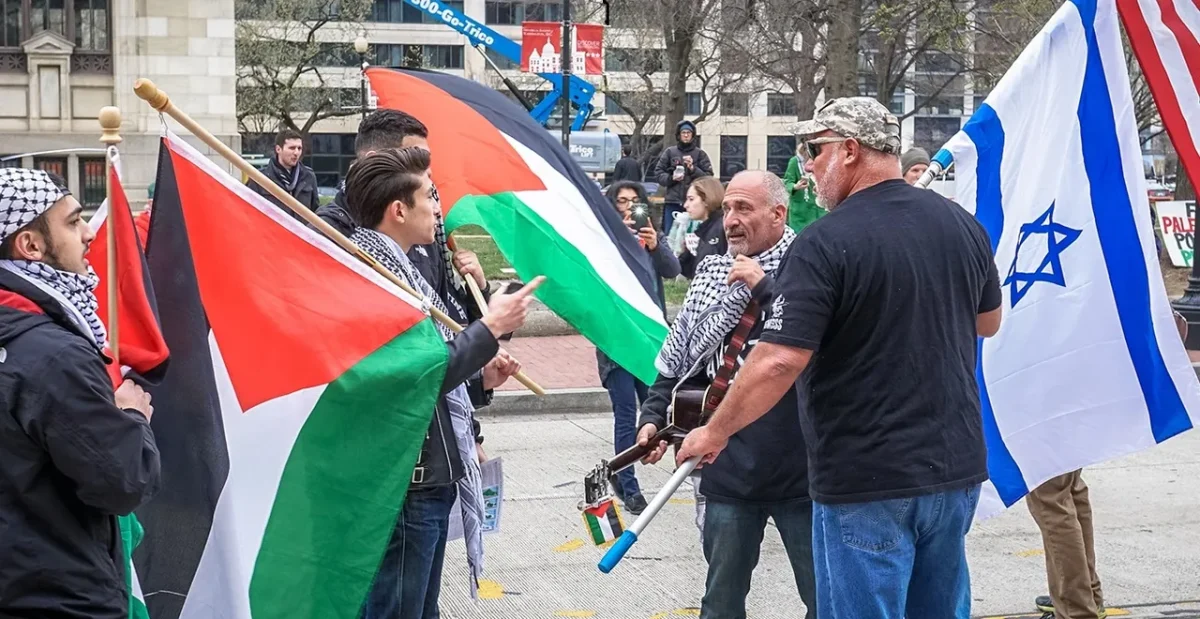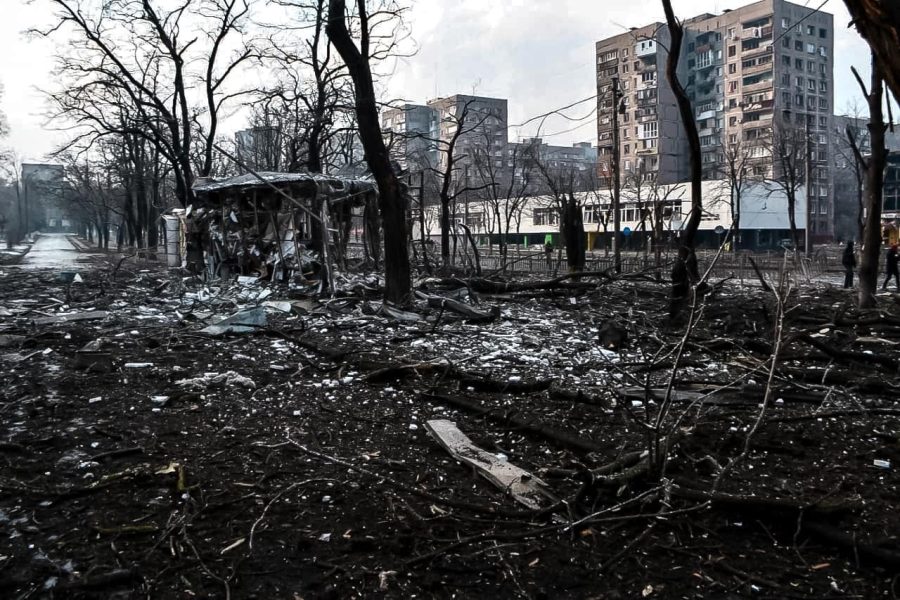Siege of Mariupol
A street in Mariupol destroyed by the Russian Invasion. Photo from the Ministry of Internal Affairs of Ukraine/Wikimedia Commons
April 27, 2023
As conflict between Ukraine and Russia intensifies, the importance and effectiveness of wartime propaganda becomes increasingly evident. On February 24, 2022, Russia began its invasion of Ukraine. For Russia, using propaganda to maintain a strong and pliant population is key to keeping its economy and war efforts afloat. Mariupol, a city in the Donetsk Oblast of Ukraine, became both a symbol of Russia’s brutal invasion and a tool in keeping its citizens willing to fight.
When the war began, Mariupol’s inhabitants were divided as some fled the country, but many were unable to. Despite agreeing to a 12-hour pause allowing the evacuation of citizens, on March 9 Russia bombed the town’s maternity hospital. Seven days later, on March 16, a Russian missile destroyed the town’s theater. The theater served as a shelter for nearly 1,300 people, and an estimated 600 civilians died in the attack.
Mariupol finally succumbed to Russian control after losing a final battle at Azovstal, a large steel plant. The facility is as large as a city, with a vast network of underground tunnels and basements, many basements retrofitted as shelters during the 2014 attacks on the city. The long and drawn out defense of Azovstal becomes important for both Ukraine and Russia. For Ukraine, Azovstal represents the resistance and the power of its people; for Russia, Mariupol serves as a tangible gain after its failure to capture the capital Kyiv.
The battle ended when the Azovstal defenders surrendered on May 20, 2022. Mariupol is in pieces, the landscape becomes an open graveyard as collapsed roads and a lack of water and food leave the surviving citizens of Mariupol stranded. Russian media struggles to put a positive spin on the devastation of the war. Russia blames the destruction on so-called “Ukrainian Nazis,” refusing to take accountability for its actions.
Russia’s attempts to hide its crimes began in October when the Russian Construction Ministry released a 32-page document detailing plans for the “rebirth of Mariupol.” To carry out these plans, Russia brings migrant workers from Asia into Mariupol. They receive little pay and live in apartment buildings still destroyed by the relentless bombing of the Russians.
As the rebuilding commences, Russia erases any and all Ukrainian identity. Street signs have their Ukrainian names replaced, education is reformed to fit a Russian agenda, and those with internet or television have their services forcefully moved to Russian providers. The Hryvnya, Ukraine’s currency, is phased out and replaced with the Russian Ruble.
Mariupol represents the resilience and courage of the Ukrainian people in the face of adversity. The struggle for Mariupol between Ukraine and Russia once again proves the importance of morale and spirit in times of war, serving both as an indication of Ukraine’s ability to fight back, and of Russia’s imperialist ambitions.


